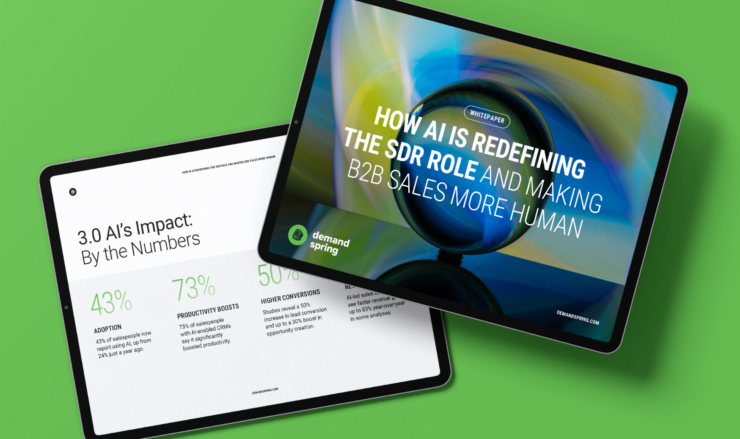Improving open rates is an ongoing battle for marketers, but we are here to help you succeed. Let’s talk about what affects open rates.
Irrelevant content
Do you know if your email content is connecting with your target personas? Did you know that you can build reports to evaluate your audience’s engagement? Filter your reports by Industry, Company Size, Company Revenue, Geography, or anything else to define your leads. If your emails are underperforming, you might need to rethink your content.
Brand awareness / recognition
Brand awareness is incredibly important for open rates. If the email recipient doesn’t recognize your company name, this can significantly reduce your open rates. Be sure that your domain email address matches your company name.
What is the source of your audience?
Person source generally has an impact on your email performance. If you’re trying to reach an audience from a list you received from a data enrichment service, it likely won’t have the same performance as a list you personally collected at a trade show. This is important to recognize when looking at your open rates.
Send Date/Time
There are certain days of the week, and even times of the day that can increase your open rates. Campaign Monitor recently released their 2020 benchmarks which includes the best days for email marketing. We encourage you to check out their guide, but keep in mind that trends change, and you will still need to do your own testing.
Subject Lines
It’s not easy to create the perfect subject line, but experimenting will be the key to success. Try testing both emotional and rational subject lines, and of course, don’t forget to try and use emojis when possible. There is no rule against what you can test in a subject line.
From Address / Names
Using a different sender name might improve your open rates. However, it’s important to recognize that this jump in numbers might be solely out of curiosity.
For example, let’s use “Demand Spring Team” vs “Jack at Demand Spring”. If the challenger name performs better than the control “Demand Spring Team,” then you should continue sending emails from employee names. You can do further testing to see which names get more opens, “Jack at Demand Spring” vs “Robyn at Demand Spring,” and so on.
The end goal of these tests is to find a conclusion that is statistically significant. This is without a doubt the most important part of the process.
Statistical Significance
Statistical significance helps determine how likely a result is due to a factor of interest or due to chance. This helps remove the uncertainty, and increases the level of confidence in your findings. The more statistically significant your finding is, the more you can feel confident about your hypothesis. The greater the sample size, and the more times you test, your confidence should increase.
Statistical Significance – Public Use
How to Boost Open Rates
You won’t simply boost open rates with a click of a button. You need to analyze your open rates and understand where you can improve. Analyzing the results is a crucial part of the process. If you don’t think critically about your results, you won’t be able to make business decisions that lead to better outcomes. Hopefully you have been able to create meaningful A/B tests by this point and are ready to dig into the data.
If you created solid hypotheses and tested them, then the hard work is mostly done! The results should (for the most part) speak for themselves. Once you have determined “winners” of each test, you should start to implement those. However, maybe in 6 months from now, “Jack from Demand Spring” isn’t working as well. That is why there is a constant need for testing.
Seriously, you should be testing whenever possible.




